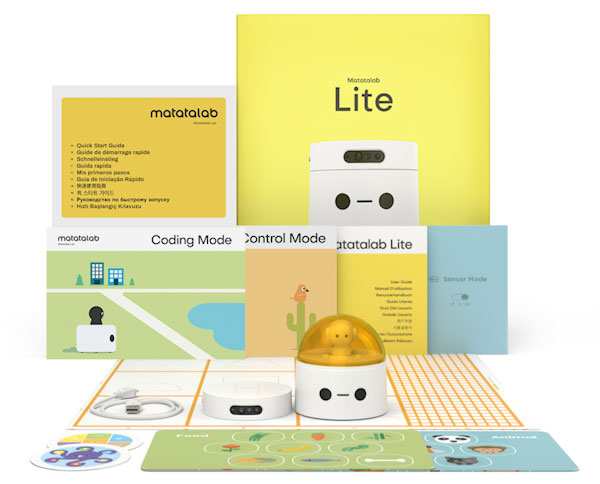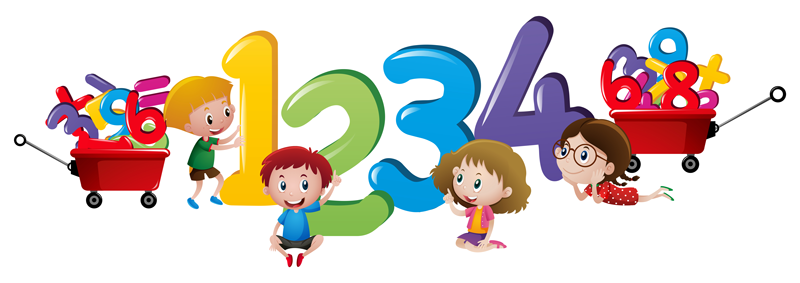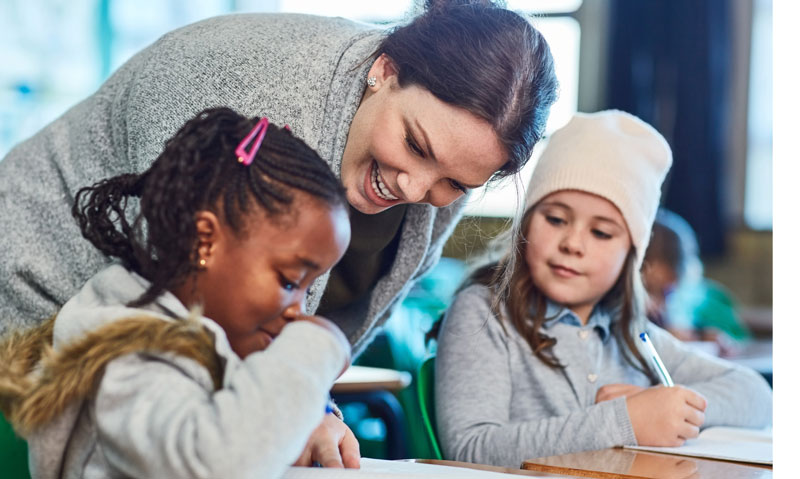
Next-Gen Creative Paper Windmill Making Art: Easy Coding Lessons for Kids
Next-Gen Creative Paper Windmill Making Art:
Easy Coding Lessons for Kids
How do we teach kids to harness the power of wind energy and explain the concept of renewable sources of energy? Of course, by designing a windmill during art class.
A windmill has blades that spin with the force of wind and the energy collected is stored and used to generate power that enables the generators to function. Generating electricity in this manner does not pollute the air and is totally safe for the environment.
Usually, origami paper is used, and step-by-step it has to be folded to make an amazing artistic windmill for kids. It’s an easy craft exercise and also helps in developing one’s motor skills. And once the model is complete, oh, what joy it is to run around with a windmill in your hand, and see the blades turn swiftly.
We’ve known Matatalab as a coding set for kids and its versatility has developed a keen fonding amongst the users. Matatalab is readily used in schools across the Middle East and GCC regions.
Let us learn a brief history of this gamified-coding platform. Matatalab was founded in 2017 by robot-developing enthusiasts who wanted to pass on a part of their coding knowledge to their children who were of kindergarten age. Thus, proved, that the Matatalab kit is wholesomely developed keeping an easy user interface in mind, and is completely suitable for kids.

Paper Windmill Making with Matatalab Lite’s MatataBot
Steps to play:
Keep the following materials ready:
- MatataBot
- Controller
- Oil pastels
- Colored Paper
- Pens
- Child-friendly Scissors
- Double-sided tape
- Thin & thick straws
- Use the controller mode at the back of the Robot and make the robot ready for movement according to the symbols indicated on the buttons.
- Simple coding steps involve, giving the MatataBot command to move forward on paper, then turn right, move forward again, turn right again, and continue this until a square is formed.
- Get a pair of child-friendly scissors and cut out the square shape carefully (monitored by an adult)
- Fold the cut-out square into half but do this process diagonally
- Use oil pastels and decorate the cut-out paper with embellishments to make it as attractive as possible
- Now hold the paper firmly and cut the diagonal lines 1/3rd way up
- Stick the diagonal cross with double-sided tape to secure a firm grip
- Flip the windmill over and stick the straws at the back of the windmill
- Flaunt your self-made paper windmill to your friends & family and have fun!
Matatalab Lite is most famous in Dubai and is priced at an affordable selling price, so as to encourage maximum number of children to learn coding, especially in the UAE where the Government’s plan is to optimally utilize digital resources to enhance efficiency & creativity and make the region the world’s leading Smart City of the world.

Reasons that indicate why Matatalab is a suitable coding set for kids:
- It helps enhance cognitive skills by enhancing attention and memory power.
- The set is screenless, so it is beneficial to do away with the side effects of excessive screen usage.
- The instructions are easy to understand and the basic symbols are represented by arrow keys that can be decoded easily.
- Since the MatataBot facilitates play, it stimulates the child’s imagination, creativity, and builds excitement.
- Coding is further combined with Art & Craft lessons, and the cheerful music that plays in the background is worth exploring.
- No prior knowledge is required to work with a MatataBot. Even a complete beginner can learn coding from scratch, just by experimenting with some help from an adult.
- The kit is endorsed as safe for usage and is child-friendly.




















Recent Comments